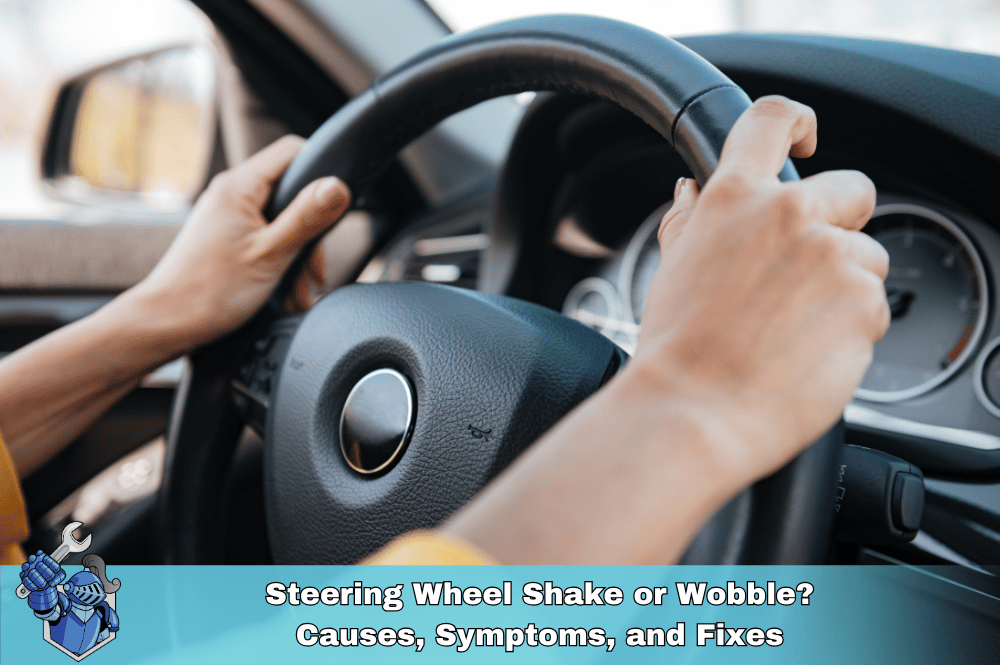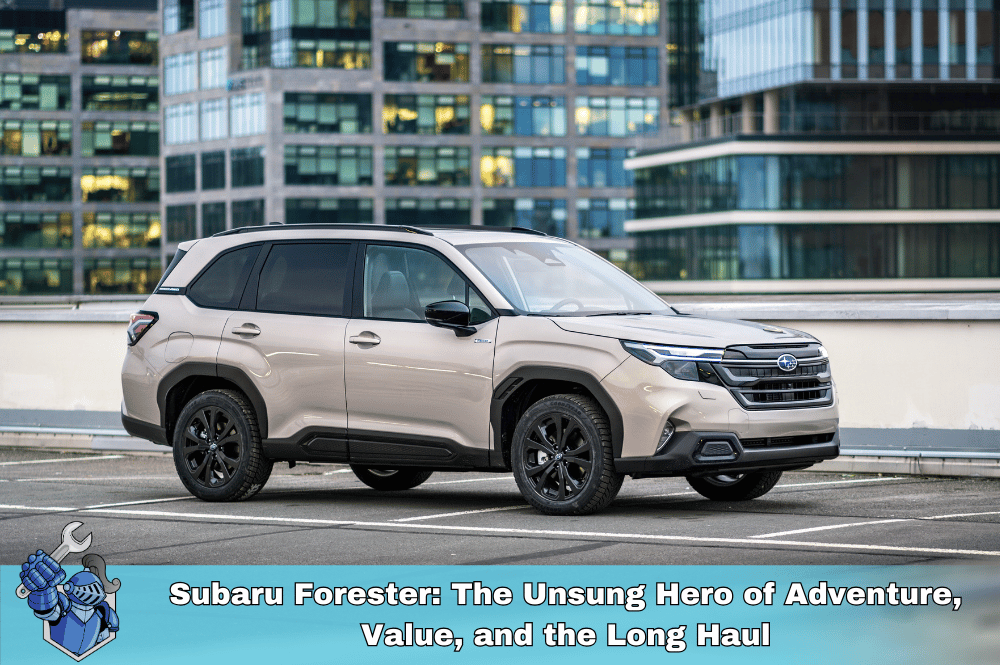The check engine light can indicate a range of issues, from minor sensor problems to serious engine trouble. It's important to have your car checked by a mechanic as soon as possible.
Understanding your car’s dashboard warning lights is essential for maintaining vehicle safety and performance. These lights are more than just annoying reminders—they are critical indicators that help you stay informed about the condition of your car. Ignoring them can lead to severe problems, costly repairs, or even accidents. In this complete guide, we’ll explore the top 10 dashboard warning lights, what they mean, and what you should do when you see them. We'll also discuss how these warning lights relate to car maintenance and car safety, making this a comprehensive car dashboard lights guide.
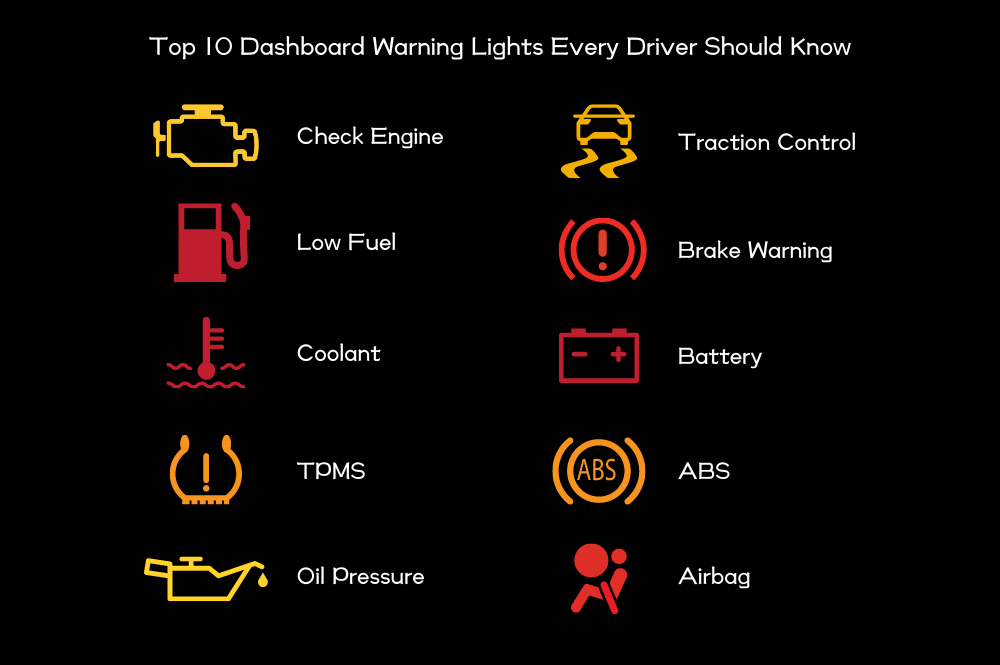
1. Check Engine Light
What It Means:
The check engine light is one of the most common car warning lights and can indicate various issues. It may light up due to a loose gas cap, malfunctioning spark plugs, a faulty oxygen sensor, or more severe engine problems. The light can either be steady or blinking; a blinking check engine light typically signals a more urgent issue.
What to Do:
If your check engine light comes on, it’s best to get your car inspected by a professional as soon as possible. Continuing to drive with this light on, especially if it's blinking, can cause further damage to your vehicle. Understanding what the check engine light means can save you from significant repair costs.
2. Oil Pressure Light
What It Means:
The oil pressure light warns you about low oil pressure in your engine. It could be due to a lack of oil, a failing oil pump, or a clogged oil filter. Low oil pressure can lead to severe engine damage if not addressed quickly.
What to Do:
Pull over immediately and check your oil level. If the oil level is low, add more oil and see if the light goes off. If it doesn’t, or if your oil level is fine, consult a mechanic right away. Knowing why your oil pressure light is on and how to respond can prevent catastrophic engine failure.
3. Brake Warning Light
What It Means:
The brake warning light indicates a problem with your braking system. This could mean low brake fluid, worn brake pads, or an issue with the anti-lock braking system (ABS). It might also come on if the parking brake is engaged.
What to Do:
First, ensure that your parking brake is fully released. If the light remains on, check your brake fluid level. If it's low, add the appropriate brake fluid, but it's essential to have your brakes inspected by a professional. Driving with a brake warning light on can compromise your car safety.
4. Battery Light
What It Means:
The battery light indicates an issue with your vehicle’s charging system. This could be due to a faulty alternator, a loose or corroded battery cable, or a problem with the battery itself. When this light is on, your car is running on battery power alone, which will eventually run out.
What to Do:
If the battery light comes on, try to reduce power consumption by turning off unnecessary electronics and head to a mechanic as soon as possible. Understanding what the battery light indicates can help you avoid getting stranded due to a dead battery.
5. Coolant Light
What It Means:
The coolant light warns that your engine temperature is too high, often due to a low coolant level or a malfunctioning cooling system. Overheating can cause serious engine damage.
What to Do:
If the coolant light flashes, pull over immediately and turn off the engine. Check the coolant level in the reservoir once the engine cools down. If it’s low, add the appropriate coolant. If the light remains on, or if you notice a coolant leak, consult a mechanic. Knowing why your coolant light is flashing can help you prevent overheating.
6. ABS Light (Anti-lock Braking System)
What It Means:
The ABS light signals a problem with the anti-lock braking system, which is crucial for preventing wheel lock-up during emergency braking. Issues can arise from faulty sensors, low brake fluid, or a malfunctioning ABS controller.
What to Do:
While the standard braking system will still work, ABS is a vital safety feature, especially in slippery conditions. Get your vehicle checked by a mechanic to diagnose and fix the ABS light issue. Understanding what the ABS light means and its role in car safety is essential.
7. Airbag Light
What It Means:
The airbag light indicates a problem with one or more airbags or the system controlling them. It could be due to a sensor failure, a faulty clock spring, or issues with the airbag module.
What to Do:
It’s not safe to drive with the airbag light on, as the airbags may not deploy in an accident. Have a professional inspect the system to ensure that your airbags will function correctly. Knowing if it is safe to drive with the airbag light on can impact your decision.
8. Tire Pressure Monitoring System (TPMS) Light
What It Means:
The TPMS light warns that one or more of your tires are under-inflated, which can lead to tire damage, reduced fuel efficiency, and unsafe driving conditions.
What to Do:
Check the tire pressure of all your tires and inflate them to the manufacturer-recommended levels. If the TPMS light stays on, have the system checked for any sensor issues. Monitoring tire pressure is a critical part of car maintenance and car safety.
9. Traction Control Light
What It Means:
This light comes on when the traction control system is actively working to prevent wheel spin. If it stays on, it indicates a problem with the system.
What to Do:
If this light is on, especially during normal driving conditions, it’s wise to have your vehicle checked by a mechanic. Traction control is vital for car safety, especially in adverse weather conditions.
10. Low Fuel Light
What It Means:
The low fuel light is a common warning that indicates your vehicle is running low on fuel, usually when you have about 1-2 gallons left in the tank. It serves as a reminder to refuel soon to avoid running out of gas.
What to Do:
When the low fuel light comes on, find the nearest gas station and refuel your vehicle. It's generally recommended not to let your fuel level get too low regularly, as running on a near-empty tank can cause sediment buildup in the fuel lines and potentially harm your engine.
Conclusion
Understanding and responding to dashboard warning lights is crucial for every driver. These lights serve as the first line of defense against more significant issues that can affect your vehicle's performance and safety. By paying attention to these signals and taking appropriate action, you can ensure a safer driving experience and prolong the life of your car. Regular car maintenance and knowledge of car warning lights are essential components of responsible vehicle ownership.
Decoding Your Dashboard: Warning Lights Explained
What does the check engine light mean?
What should I do if my oil pressure light comes on?
Pull over immediately and turn off the engine. Low oil pressure can cause severe engine damage. Check the oil level and add oil if needed. If the light stays on, have your car towed to a mechanic.
What does the battery light indicate?
The battery light signals a problem with the charging system, such as a faulty battery, alternator, or loose connection. Have it inspected by a mechanic promptly.
Why is my brake warning light on?
It could mean the parking brake is engaged, low brake fluid level, or a problem with the braking system. Check the brake fluid and have your brakes inspected if necessary.
What does the ABS light mean?
The ABS light indicates a potential issue with the anti-lock brake system. Your regular brakes may still work, but ABS may not function properly in emergency braking situations.
What should I do if the coolant temperature warning light comes on?
Pull over safely and let the engine cool down. Check the coolant level once it's cool, but do not open the radiator cap while it's hot. If the coolant is low, add more. If the overheating persists, call a tow truck.
What does the tire pressure monitoring system (TPMS) light mean?
It means one or more of your tires is underinflated. Check and adjust tire pressure as needed.
Why is my airbag warning light on?
This indicates a potential problem with the airbag system. Have it inspected by a mechanic to ensure your safety in a collision.
What does the traction control light mean?
If it's flashing, it means the system is actively working to maintain traction. If it's on steadily, there may be a problem with the system.
Can I continue driving if a warning light comes on?
It depends on the light. Some lights indicate critical issues that require immediate attention, while others may allow for continued driving with caution. Consult your owner's manual or a mechanic if unsure.
Suggestions for you
Read MoreLet’s work together
Every week we showcase three charitable organizations that our donations are sent to. Our clients are able to choose which of these three will receive their gift when they add coverage to their vehicle...

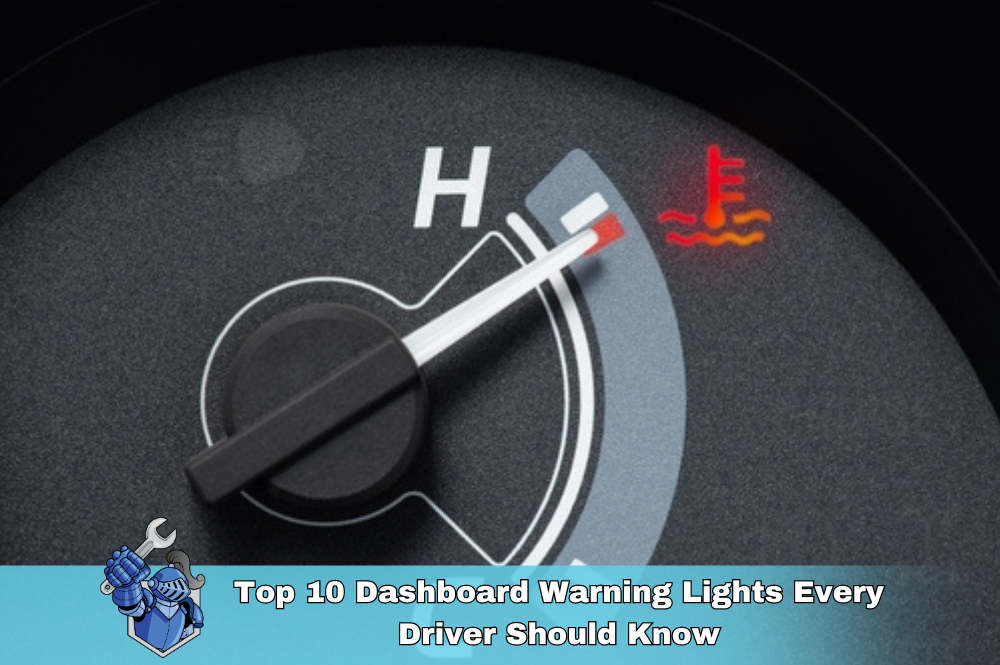
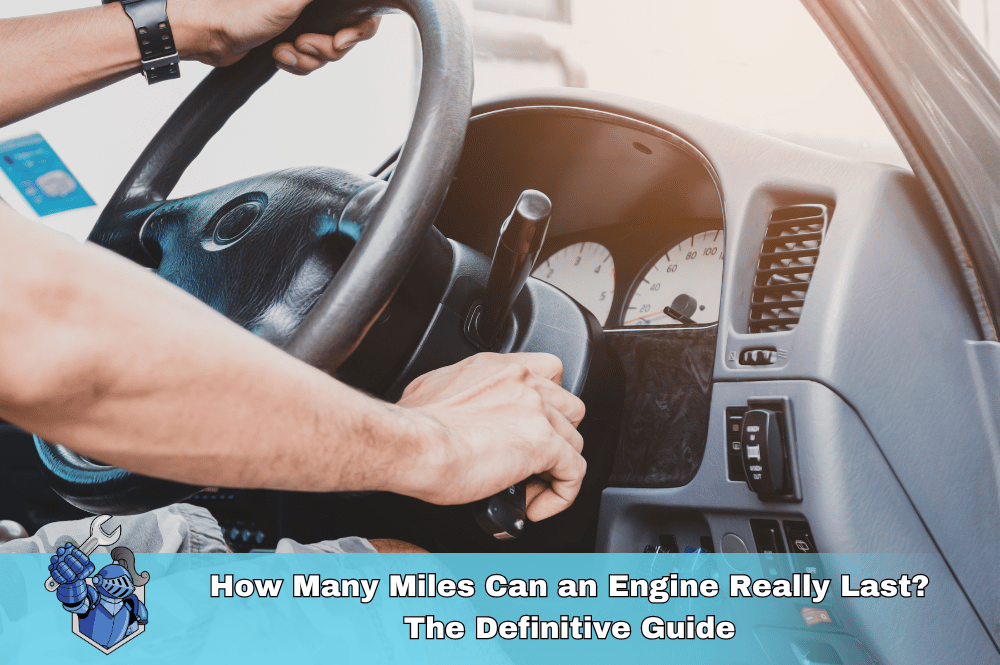 How Many Miles Can an Engine Really Last? The Definitive Guide
How Many Miles Can an Engine Really Last? The Definitive Guide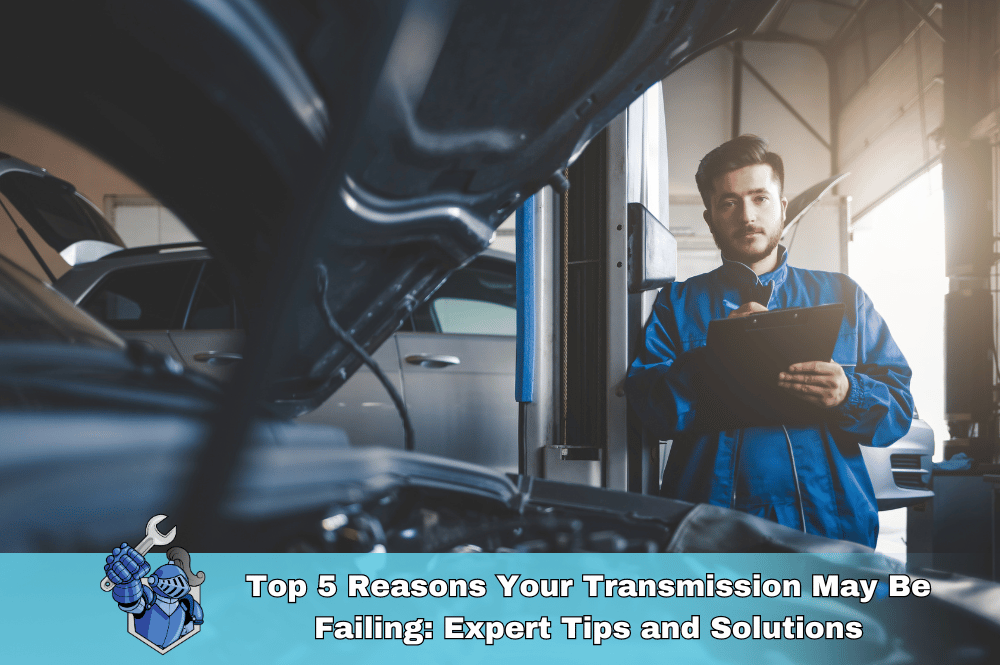 The Essential Guide to Car Maintenance: How to Keep Your Vehicle Running Smoothly
The Essential Guide to Car Maintenance: How to Keep Your Vehicle Running Smoothly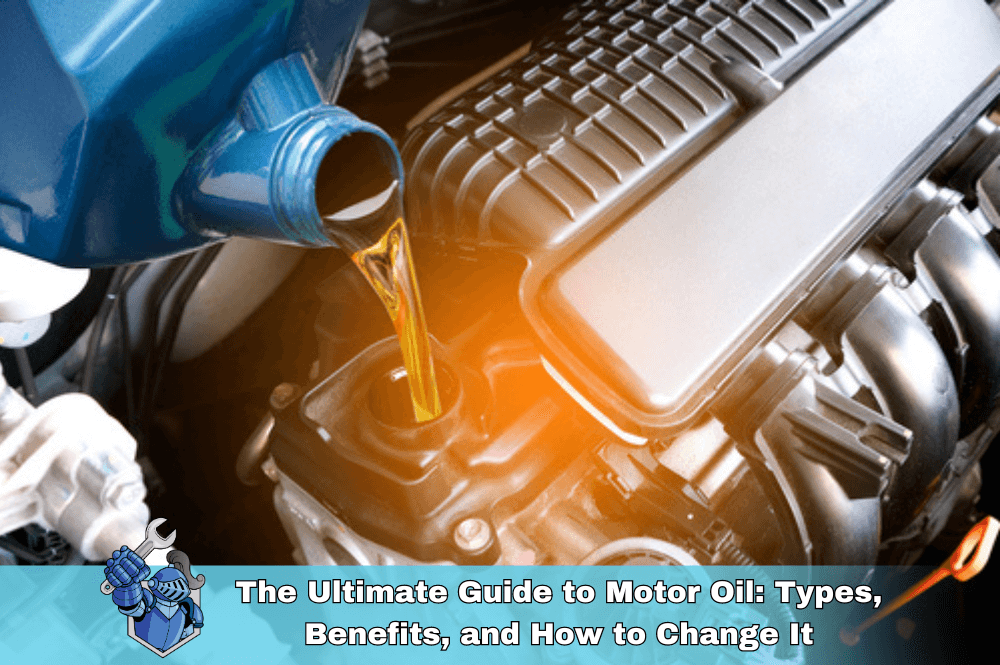 The Ultimate Guide to Motor Oil: Types, Benefits, and How to Change It
The Ultimate Guide to Motor Oil: Types, Benefits, and How to Change It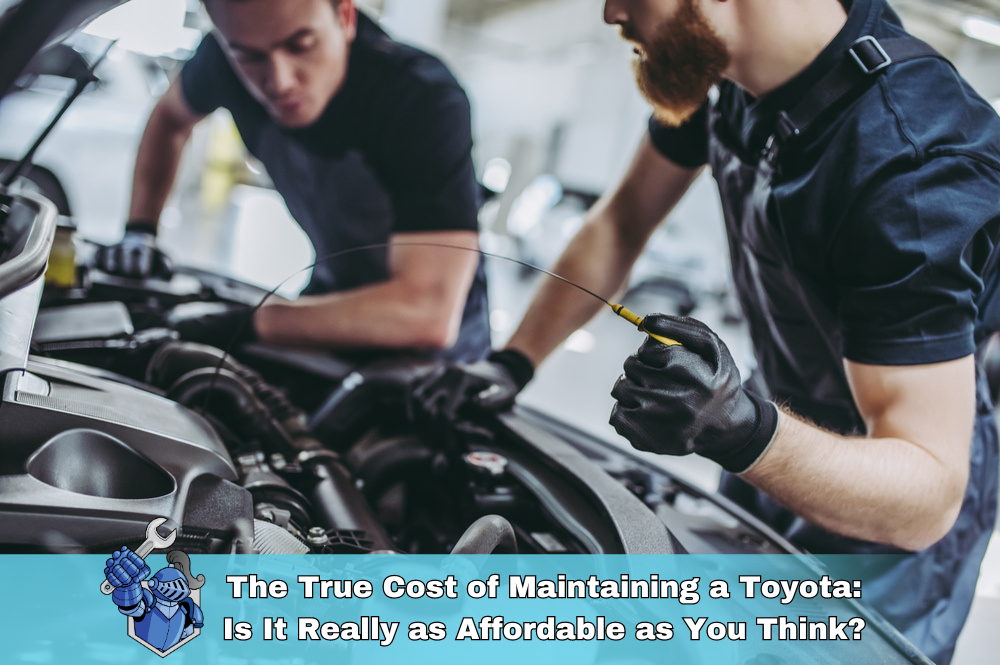 The True Cost of Maintaining a Toyota: Is It Really as Affordable as You Think?
The True Cost of Maintaining a Toyota: Is It Really as Affordable as You Think? The Ultimate Guide to Automotive Engine Care
The Ultimate Guide to Automotive Engine Care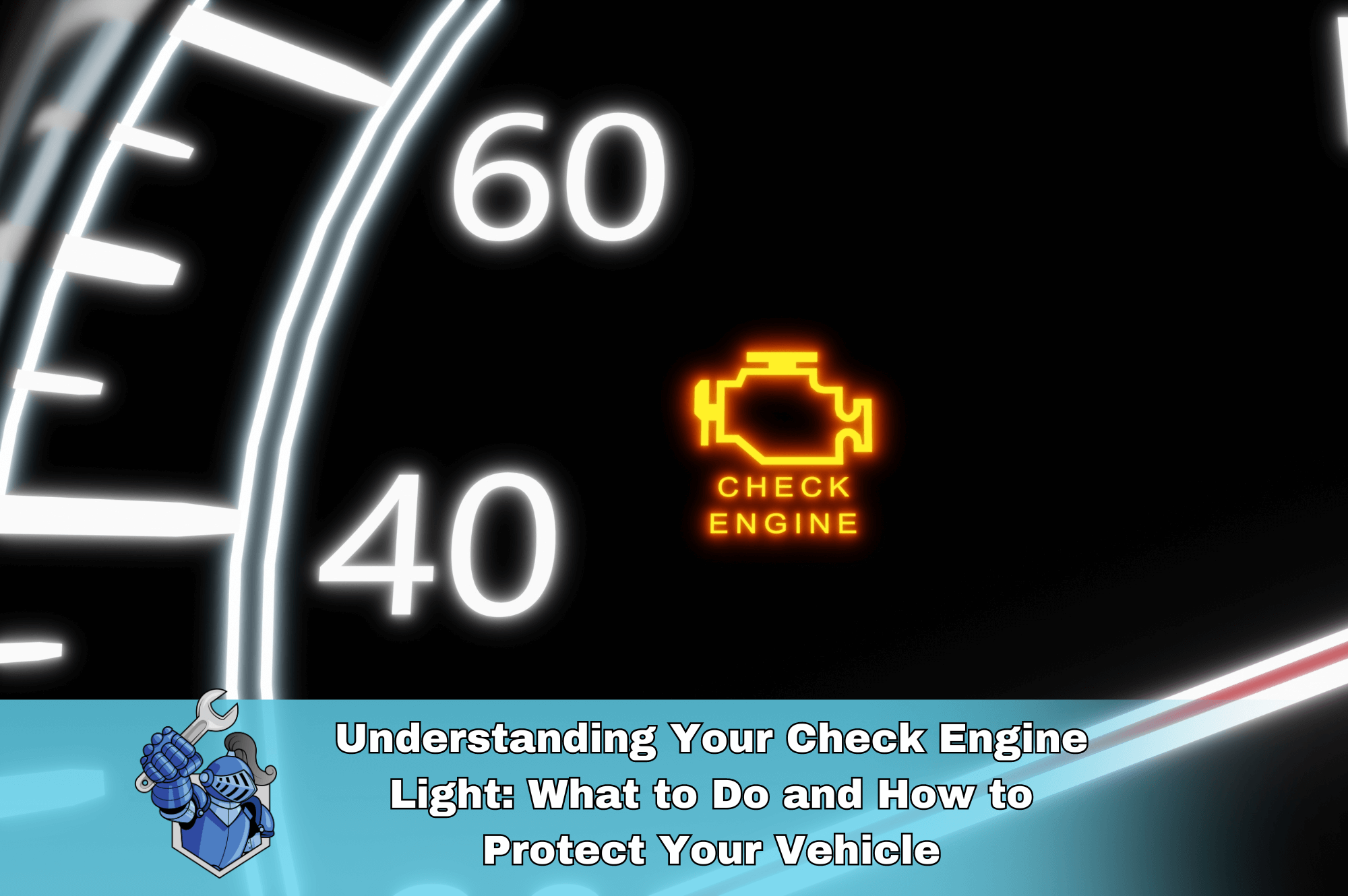 Understanding Your Check Engine Light: What to Do and How to Protect Your Vehicle
Understanding Your Check Engine Light: What to Do and How to Protect Your Vehicle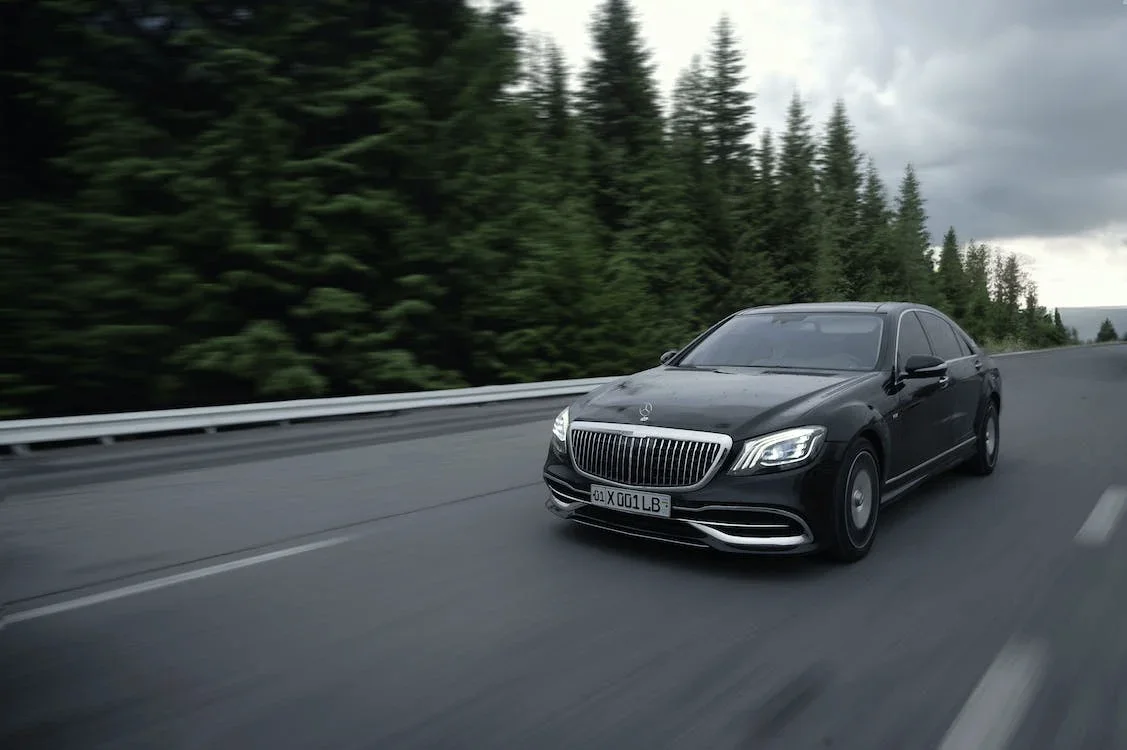 Making The Most Of Your Extended Car Warranty: Maintenance Tips
Making The Most Of Your Extended Car Warranty: Maintenance Tips Essential Tips For Care and Maintenance
Essential Tips For Care and Maintenance Demystifying Oil Changes: Everything You Need to Know
Demystifying Oil Changes: Everything You Need to Know